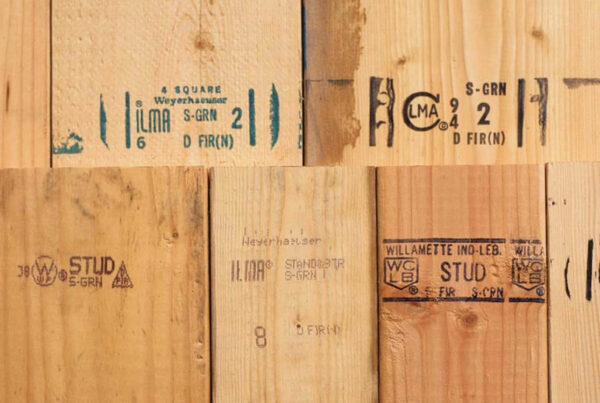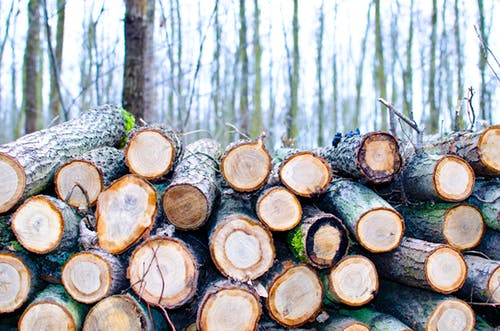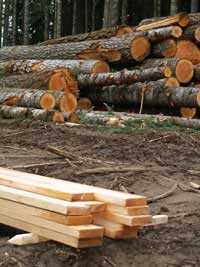Wood is a remarkable material that has been a staple in construction and woodworking for centuries. Among the many wood species available, pine and fir are two that stand out due to their versatility and wide range of applications. In this blog, we’ll explore the differences between pine and fir lumber, including their definitions, origins, normal uses, and general applications. So, if you’re a DIY enthusiast or simply curious about wood, read on to discover what makes these two types of lumber unique.
Pine Lumber: The Friendly Wood
Definition: Pine is a softwood species known for its straight grain and light color. It’s one of the most common types of wood used in various woodworking and construction projects.
Origin: Pine trees primarily grow in the Northern Hemisphere, with different pine species found in North America, Europe, and Asia. In North America, Eastern White Pine is a popular variety.
Normal Uses:
– Furniture: Pine’s charming appearance, characterized by knots and a range of colors from brown to amber to white, makes it a favorite for crafting rustic and country-style furniture.
– Interior Trim: It’s commonly used for moldings, paneling, and decorative trim due to its ease of workability and appealing grain patterns.
– Cabinetry: Pine is also employed in making cabinets, especially when a warm, cozy aesthetic is desired.
General Uses:
– Decking: Although it requires more maintenance than some other woods, pine can be used for deck construction when properly treated and maintained.
– Structural Components: In some regions, pine lumber may be used for structural framing in residential construction, particularly in budget-conscious projects.
Fir Lumber: The Strong and Steady Wood
Definition: Fir is another softwood species characterized by its straight grain and strength. It is often selected for its structural reliability.
Origin: Fir trees, such as Douglas Fir and Sitka Spruce, are predominantly found in North America, especially in the western regions like the Pacific Northwest.
Normal Uses:
– Structural Framing: Fir is a go-to choice for structural applications, including framing houses, making roof trusses, and constructing engineered wood products like laminated veneer lumber (LVL).
– Plywood Production: Fir is the primary wood used for plywood production, making it a crucial component in the construction industry.
General Uses:
– Outdoor Applications: Thanks to its stability and resistance to warping, fir lumber is ideal for outdoor projects like decking, as well as siding and trim.
– Painted Surfaces: Its smooth surface takes paint exceptionally well, making it a preferred choice for painted surfaces in both interior and exterior applications.
In conclusion, understanding the difference between pine and fir lumber can help you make informed decisions when embarking on woodworking or construction projects. While pine shines with its aesthetics and affordability, fir takes the spotlight for structural stability and outdoor applications. Depending on your specific project requirements and design preferences, you can choose the wood that suits your needs best. Whether you’re crafting furniture or building a sturdy frame, pine and fir lumber are your trusty companions in the world of woodwork.










